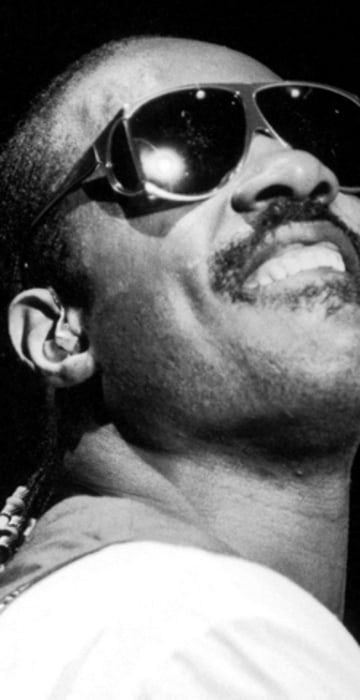
Salads
The music of Motown
Gladys Knight and the Pips, Stevie Wonder, The Temptations and more created the sound that took over music in the 1960s.
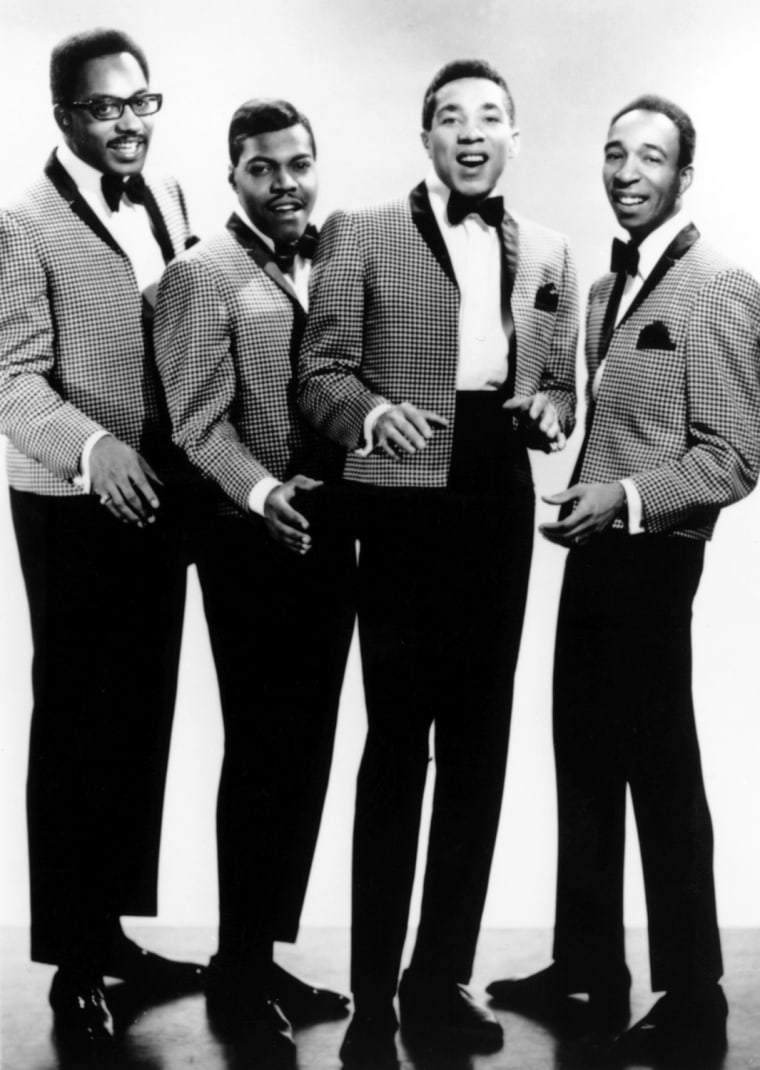
Smokey Robinson and the Miracles
Bobby Rogers, Pete Moore, Smokey Robinson and Ronnie White were Motown's Smokey Robinson and the Miracles. Known for hits such as "The Tears of a Clown," "Love Machine," "You Really Got a Hold on Me" and "Ooo Baby Baby," the group had 26 songs on Billboard's R&B top 10, including four No. 1 tunes. Sixteen of the group's songs made the top 20 of Billboard's Hot 100, with two No. 1 songs. Smokey Robinson left the group in 1971 and was replaced by Billy Griffin. In 1978, Griffin and Moore retired. Today, the group is comprised of Rogers, Dave Finley, Tee Turner and Mark Scott. They continue to perform.
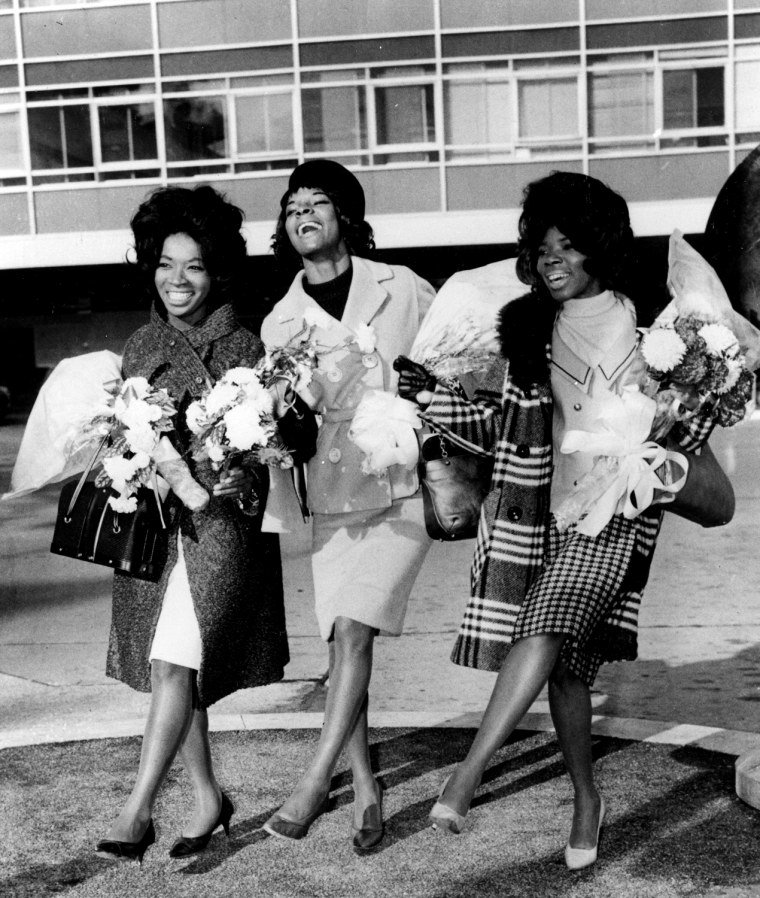
Martha Reeves and the Vandellas
Betty Kelly, Martha Reeves and Rosalind Ashford made up Martha Reeves and the Vandellas. Kelly replaced original member Annette Beard in 1964. They were known for hits such as "Dancing in the Street," "(Love is Like a) Heat Wave)," "Nowhere to Run" and "Jimmy Mack." Ten of the group's songs reached Billboard's R&B top 10 and 12 charted in the Billboard Hot 100's top 40. Kelly was fired from the group in 1967 and replaced by Lois Reeves. Martha Reeves was briefly institutionalized after an acid trip in 1969. Ashford retired shortly afterward. Reeves reformed the group in 1970 with Sandra Tilley replacing Ashford; the group disbanded in 1972.
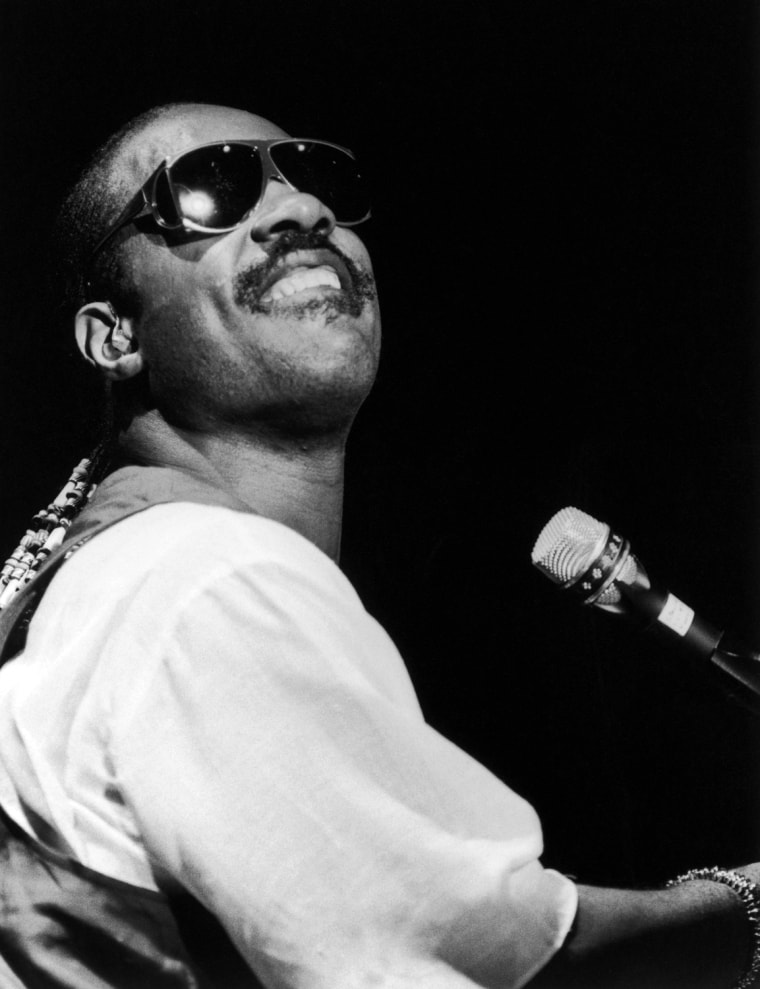
Stevie Wonder
Stevie Wonder signed with Motown at age 11. He's recorded more than 30 top 10 hits and has won 22 Grammy Awards -- the most ever by a solo artist. His hits included "For Once in My Life," "I Was Made to Love Her," "Superstition" and "Isn't She Lovely." He's won an Academy Award for best song, been inducted into the Rock and Roll and Songwriters Halls of Fame and won a Grammy Lifetime Achievement Award.
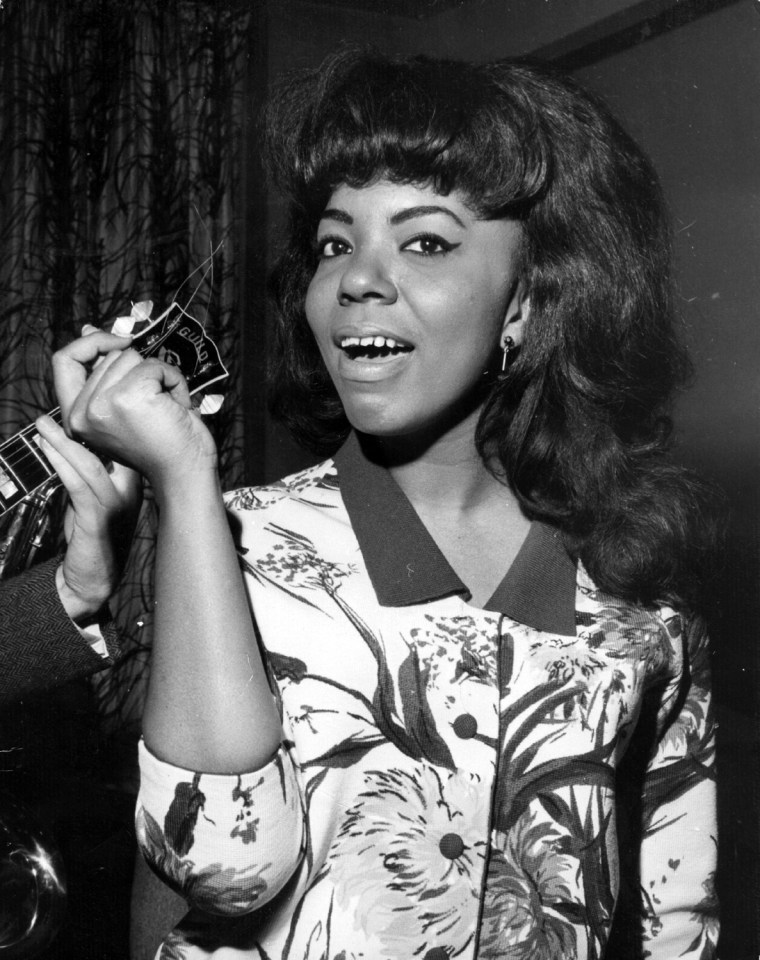
Mary Wells
Mary Wells was known for hits such as "Two Lovers," "You Beat Me to the Punch" and "My Guy." She's been called both "The Queen of Motown" and "The First Lady of Motown." Smokey Robinson wrote many of Wells' hit songs, including "My Guy." She left Motown in 1965 and retired from singing in 1974 to raise a family. She had a brief comeback in the 1980s with the disco hit "Gigolo." In 1990, she was diagnosed with laryngeal cancer and she died July 26, 1992. She was 49 years old.
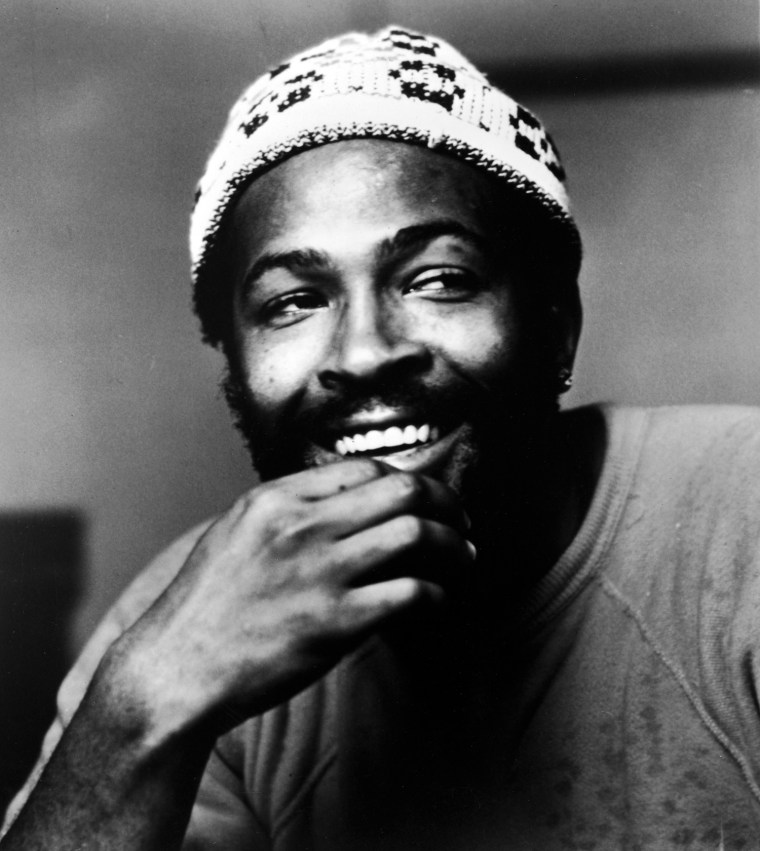
Marvin Gaye
Called both "The Prince of Motown," and "The Prince of Soul," Marvin Gaye is known for hits such as "How Sweet It Is (To Be Loved By You)," "What's Going On," "Let's Get It On" and "I Heard It Through the Grapevine." Gaye worked with many female artists, including Tammi Terrill, with whom he recorded songs including, "Ain't No Mountain High Enough" and "You're All I Need to Get By." Terrell died of a brain tumor in 1970 and Gaye went into seclusion for nearly two years before recording "What's Going On." During his final tour in 1983, Gaye was plagued by depression and health problems. When the tour ended, he moved into his parents’ house. After trying to intervene in an argument between his parents, Gaye's father shot and killed him. Marvin Gaye Sr. was sentenced to five years probation after pleading guilty to voluntary manslaughter.
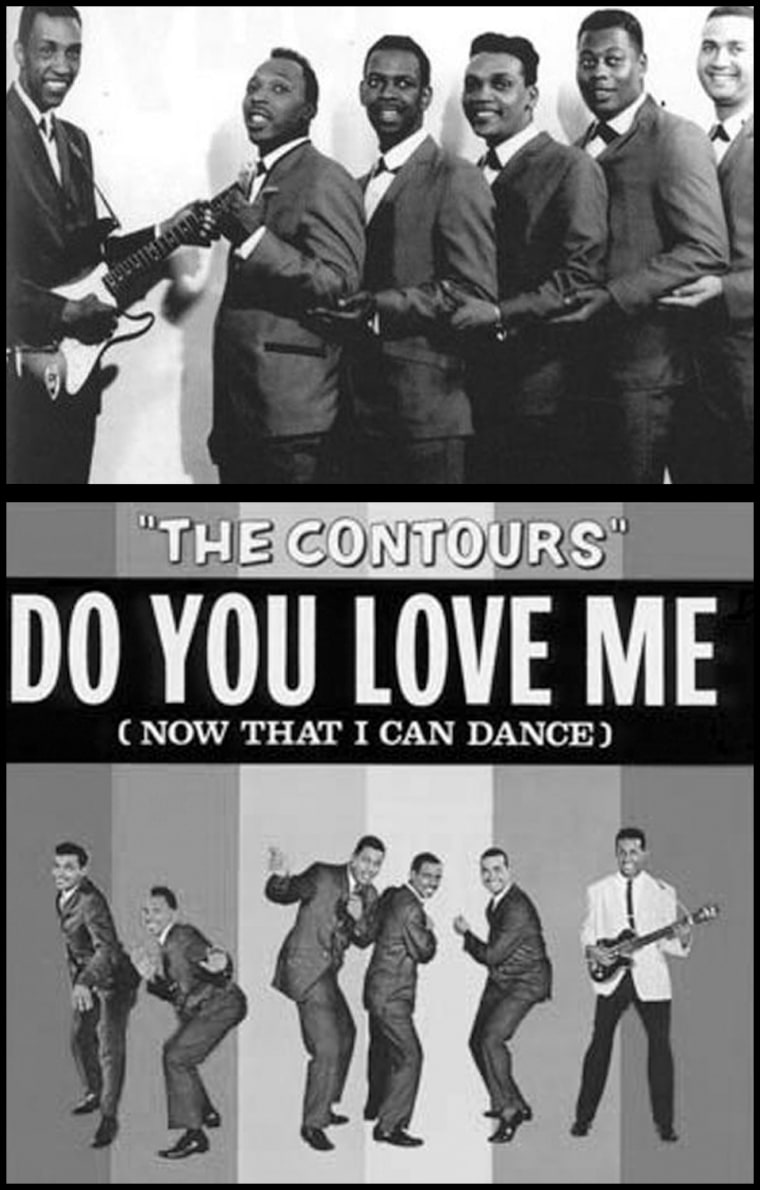
The Contours
The Contours were one of the early African-American soul singing groups signed to Motown Records. The group is best known for its singular Billboard Top 10 hit, "Do You Love Me." Joe Billingslea, Billy Gordon, Billy Hoggs, Leroy Fair and Hubert Johnson made up the group. Fair was replaced by Benny Reeves (Martha Reeves' brother). The group's lineup changed a lot through the years. Today Billingslea performs as Joe Billingslea and The Contours.
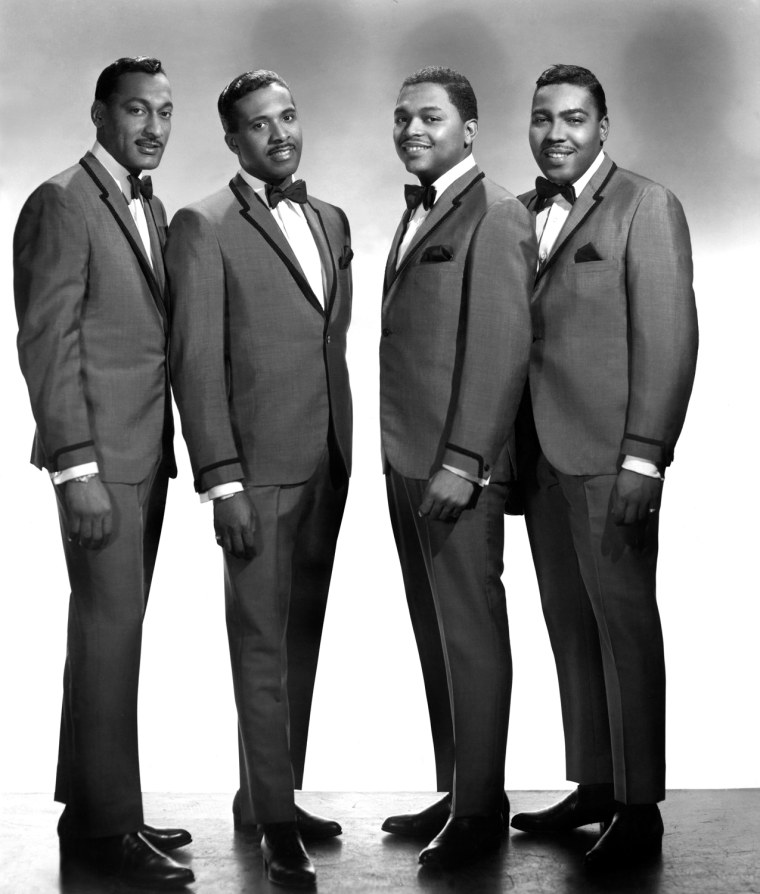
The Four Tops
Abdul "Duke" Fakir, Levi Stubbs, Lawrence Payton and Renaldo "Obie" Benson made up The Four Tops. They went from 1953 to 1997 without a single change in personnel and were known for hits such as "Reach Out I'll Be There," "It's the Same Old Song," "Standing in the Shadows of Love" and "I Can't Help Myself (Sugar Pie, Honey Bunch)." Payton died on June 20, 1997. Benson died on July 1, 2005. Stubbs died on Oct. 17, 2008. Fakir is the lone surviving member.
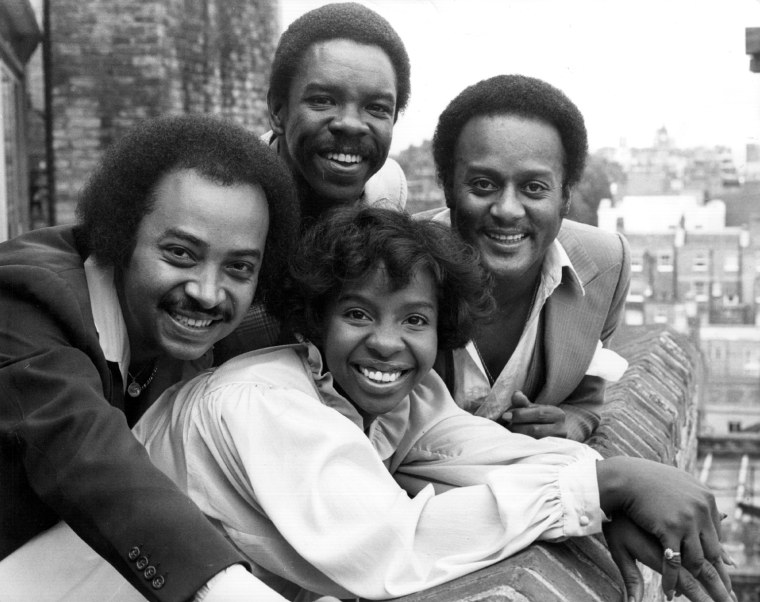
Gladys Knight and The Pips
Gladys Knight, Merald "Bubba" Knight, Edward Patten and William Guest were known for hits such as "Midnight Train to Georgia," "The Best Thing That Ever Happened To Me" and "Neither One of Us." Knight and the Pips recorded together until the late 1980s. The group was inducted into the Rock and Roll Hall of Fame, received the Lifetime Achievement Award from the Rhythm and Blues Foundation and was inducted into the Vocal Group Hall of Fame.
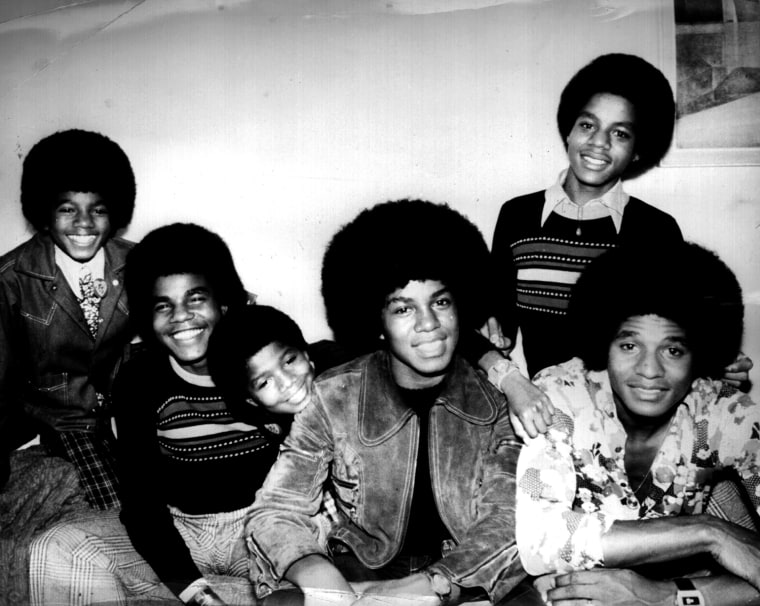
The Jackson Five
The Jackson Five were brothers Jackie, Tito, Jermaine, Marlon and Michael Jackson. Gladys Knight was impressed by the group when she saw them perform at the Apollo Theater on Aug. 13, 1967. Knight told Motown founder Berry Gordy about the group. In early press kits however, Gordy decided that Diana Ross would be the one who "discovered" the group. Known for hits such as "I'll Be There," "ABC," "Never Can Say Goodbye" and "The Love You Save," the group became marketing gold with products that included stickers, coloring books and even an animated Saturday morning cartoon. Michael started his solo career in 1971. The brothers occasionally produced albums and toured together up until 1984.
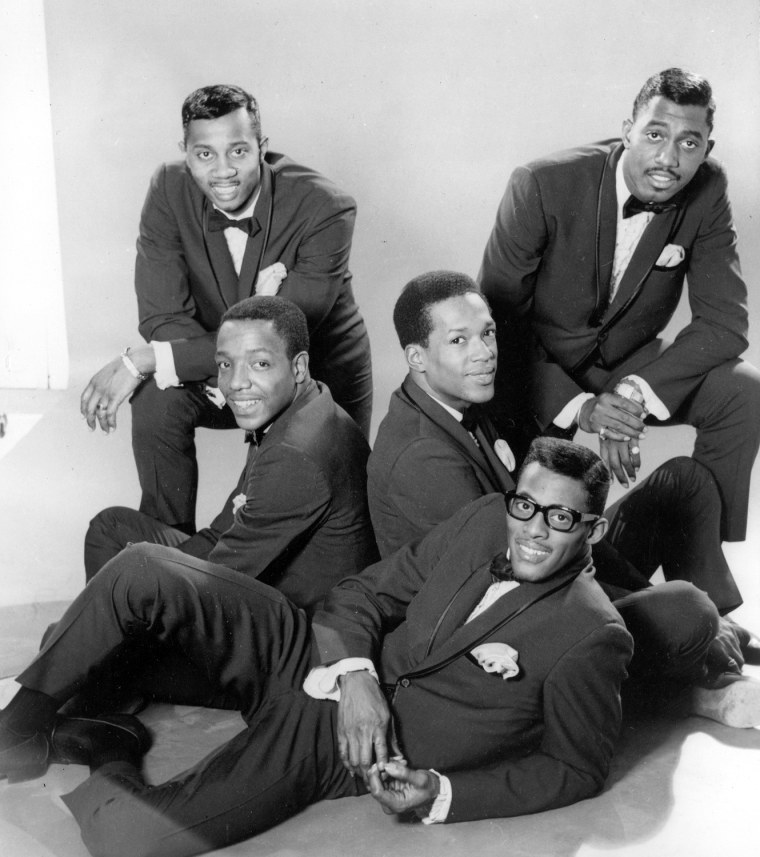
The Temptations
Melvin Franklin, Paul Williams, Eddie Kendricks, David Ruffin and Otis Williams made up The Temptations. Ruffin replaced original member Eldbridge "Al" Bryant. And later Temptations included Dennis Edwards, Richard Street, Damon Harris, Ron Tyson, Ali-Ollie Woodson, Theo Peoples and G.C. Cameron. The group was with the Motown label for 40 years and their hits included "My Girl," "Ain't Too Proud to Beg," "Papa Was a Rolling Stone" and "The Way You Do the Things You Do." The group went from a Motown sound to a psychedelic period to funk to adult contemporary. Paul Williams died in 1973, Ruffin in 1991, Kendricks in 1992 and Franklin in 1995.
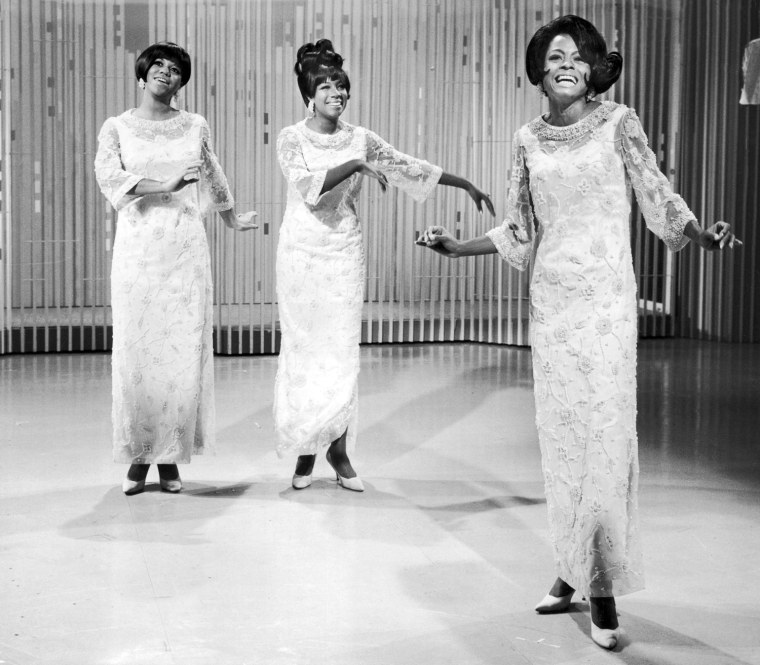
The Supremes
Mary Wilson, Cindy Birdsong and Diana Ross were one of The Supremes' many lineups. Florence Ballard, Ross, Wilson and Betty McGlown were the founding members. Barbara Martin later replaced McGlown and Birdsong replaced Ballard. Ross eventually left and was replaced by Jean Terrell. Post-1972 members were Lynda Laurence, Scherrie Payne and Susaye Greene. The group was known for hits such as "Where Did Our Love Go," Baby Love," "Stop! In the Name of Love" and "Back in My Arms Again." The group had 12 No. 1 singles on the Billboard Hot 100 chart, making them America's most successful vocal group. The group officially disbanded in 1977.
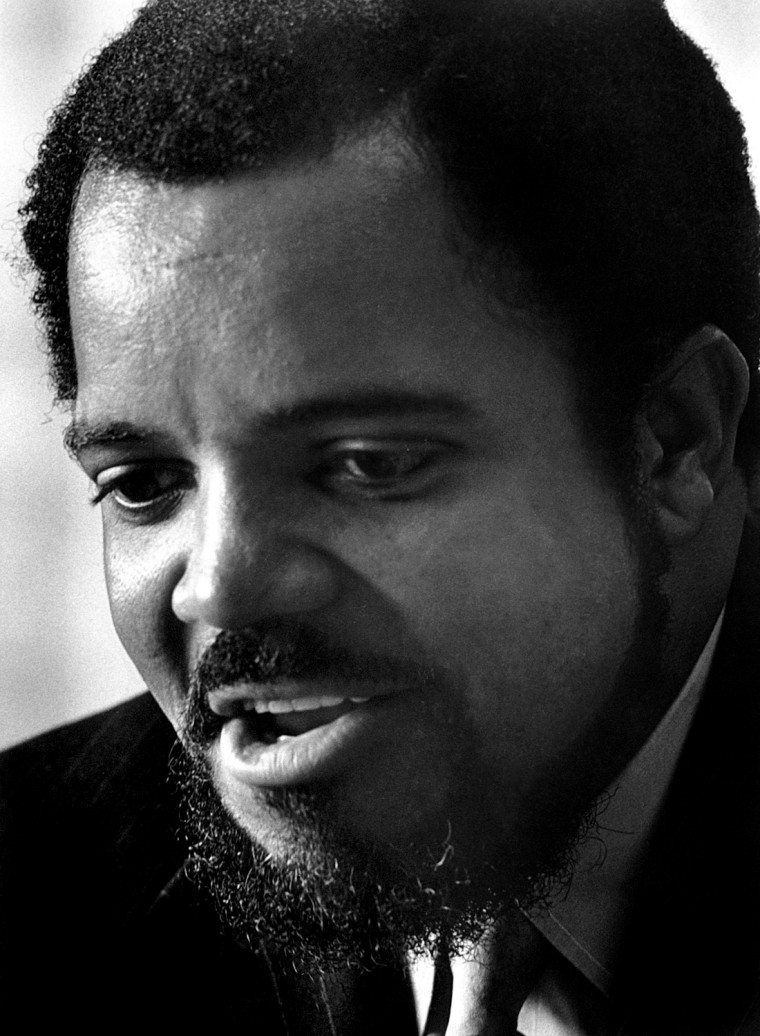
Berry Gordy
On Jan. 12, 1959, a boxer, assembly line worker and songwriter named Berry Gordy Jr. used an $800 family loan to start a record company in Detroit. Fifty years later, Motown Records Corp. and its stable of largely African-American artists have become synonymous with the musical, social and cultural fabric of America.